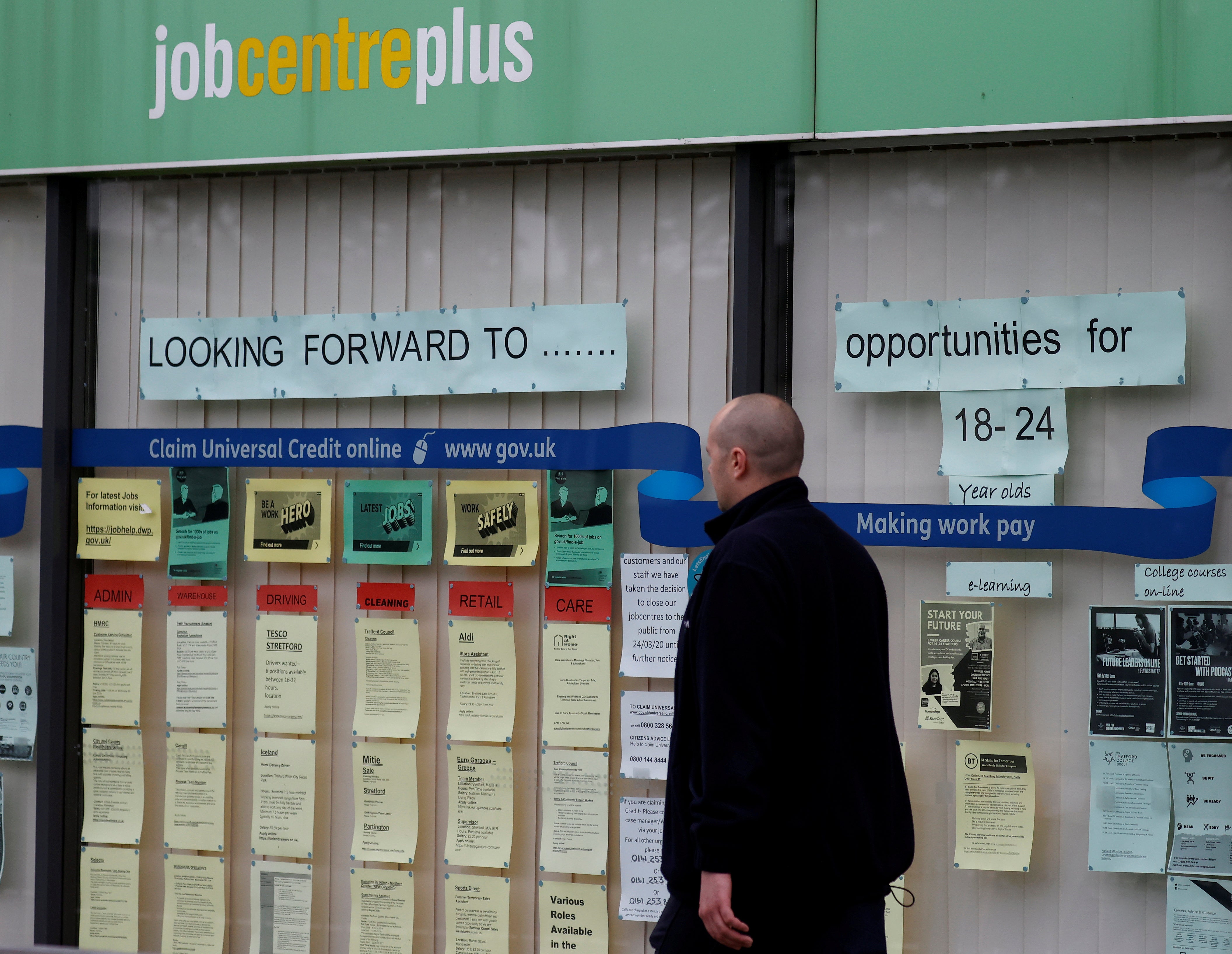Job vacancies are at record levels but black, disabled and older workers can’t find work
Discrimination is baked into the UK labour market. Not only is that morally indefensible, it’s going to hurt employers to deal with the labour shortages they face, writes James Moore


Let’s start with the good news on jobs because we could all do with a bit of that with the sun setting at 4pm every day. At least so far as the headline numbers were concerned, the latest labour market data was sunny indeed.
The rate of unemployment stood at just 4.3 per cent, vacancies are currently at an all-time record and it doesn’t look as if the pandemic will deliver a second wave of joblessness after all.
It was only three weeks ago that the Office for Budgetary Responsibility was forecasting an unemployment rate of 5.25 per cent in the final quarter of the year, with the job retention – or furlough – scheme having closed at the end of September. That’s clearly not now going to happen.
The Office for National Statistics, in fact, says that the early estimates for October suggest that the number of people on payrolls rose again. The furlough’s demise may still have an impact, but the evidence suggests that it won’t be anything like as big as feared.
Meanwhile, an interest rate rise in December looks increasingly likely. Andrew Bailey, the governor of the Bank of England, told MPs one of the reason for the Monetary Policy Committee hanging fire last time it met was to assess these figures. If they continue to look good, it may help to swing the vote, which wasn’t unanimous in favour of “hold” last time.
Boris Johnson will doubtless hail the “good news on jobs” when he’s dragged down to the House of Commons for Prime Minister’s Questions, as will chancellor Rishi Sunak when he gets his chance. The furlough scheme was his creation, with the help of the TUC and the CBI. It stands as arguably the government’s most successful policy. It could serve as a powerful string in his bow if he fancies moving from No 11 to No 10.
The figures will also help to mask – although they should not erase – the cruelty of his insistence on removing the £20 universal credit uplift. Sunak will likely seek to defend himself by pointing to his reforms to the “taper rate”. Claimants now lose less for each extra hour they work. It’s a very Tory approach.
However, if he is smart, and he certainly stands out amid a cabinet full of clunkers, he ought to be alive to the challenge these figures pose. And it is considerable.
The 1.3 million job vacancies on the books in October is a record. Tony Wilson, director of the Institute for Employment Studies, pointed out that there were 1.3 million unemployed people for each one. That is the lowest in at least 50 years.
Another point made by Wilson: the figures show that there were nearly 1 million fewer people in the labour market when compared to pre-crisis trends over the period in question. The number of people described as “economically inactive” remained stubbornly high. The labour market has a missing million. It skews older. Health conditions clearly play a role.
So who is going to step in and fill all those vacancies in post-Brexit Britain?
Well, there are workers out there. It’s just that they’re struggling to overcome employers’ prejudices.
The TUC highlighted that rates of unemployment among black and minority ethnic workers are coming down much more slowly than the rates for white workers.
Joblessness declined by 0.2 percentage points (3 per cent) among the former group, against 0.7 percentage points (16 per cent) among the latter when compared to the same period last year.
The disability employment gap, when the rate of employment of disabled workers is compared to that of the able bodied, has meanwhile barely improved and sits in the high 20s. There’s also a gap of about 5 per cent in the rate of employment for older workers when compared to their younger peers, and this has actually been widening. Yet another gap affects younger workers not in full-time education, which had been improving but has lately gone into reverse.
What these figures make clear is that discrimination is baked into the UK labour market. With vacancies as high as they are, this is starting to hurt employers as much as the groups who are being discriminated against.
It is something both they, and the government, need to address. The failure to do so would be indefensible from a moral standpoint. But it is also hurting the UK’s longer-term economic prospects.






Join our commenting forum
Join thought-provoking conversations, follow other Independent readers and see their replies
Comments